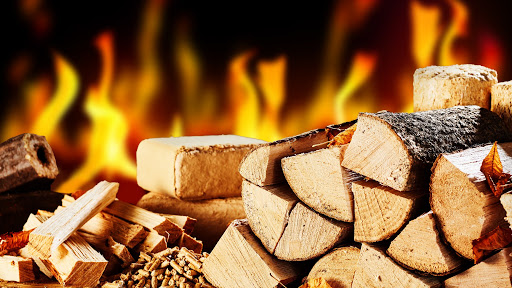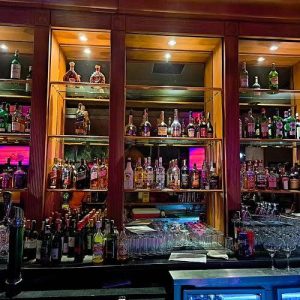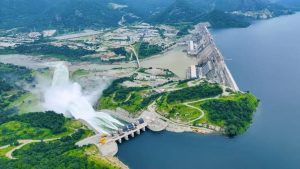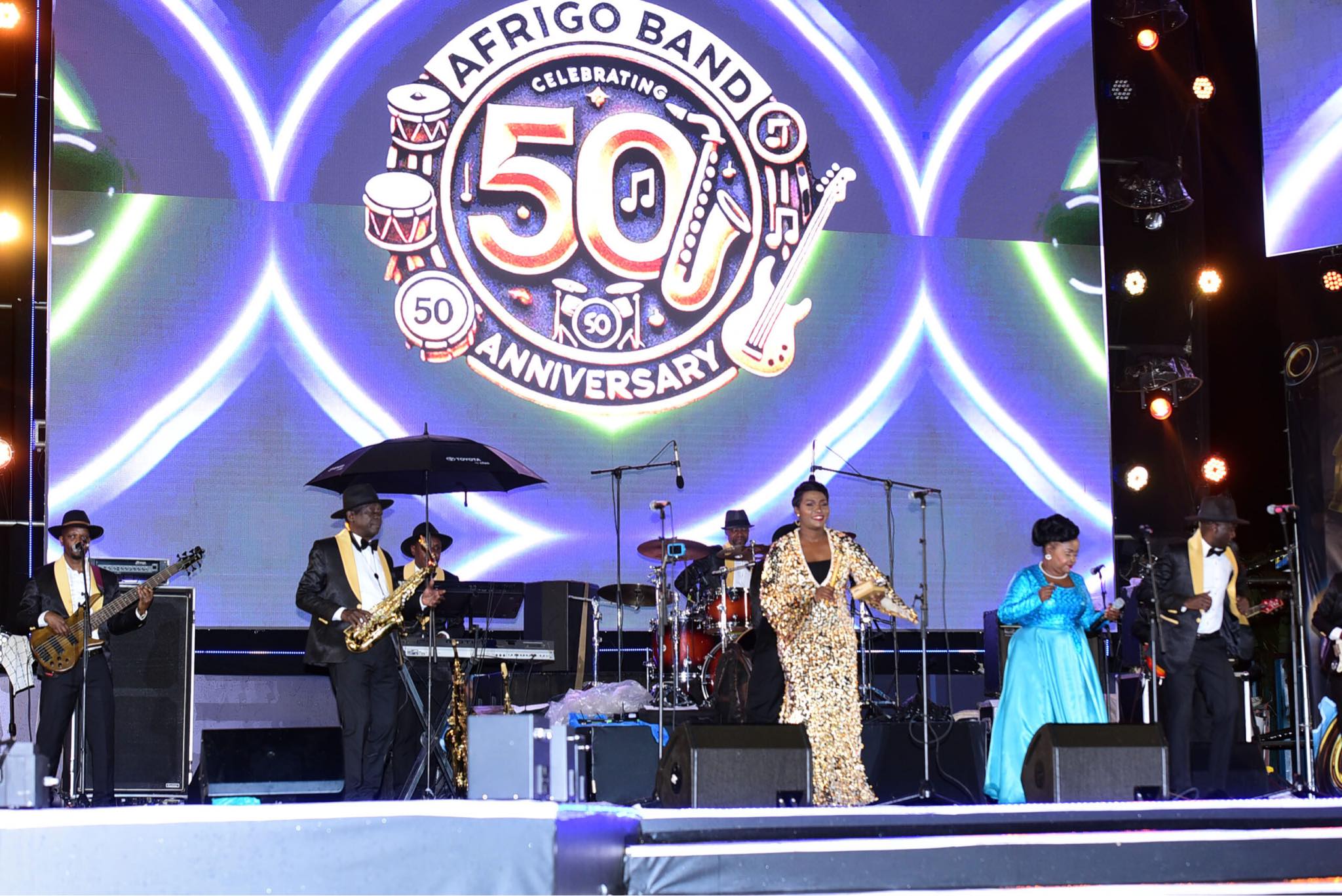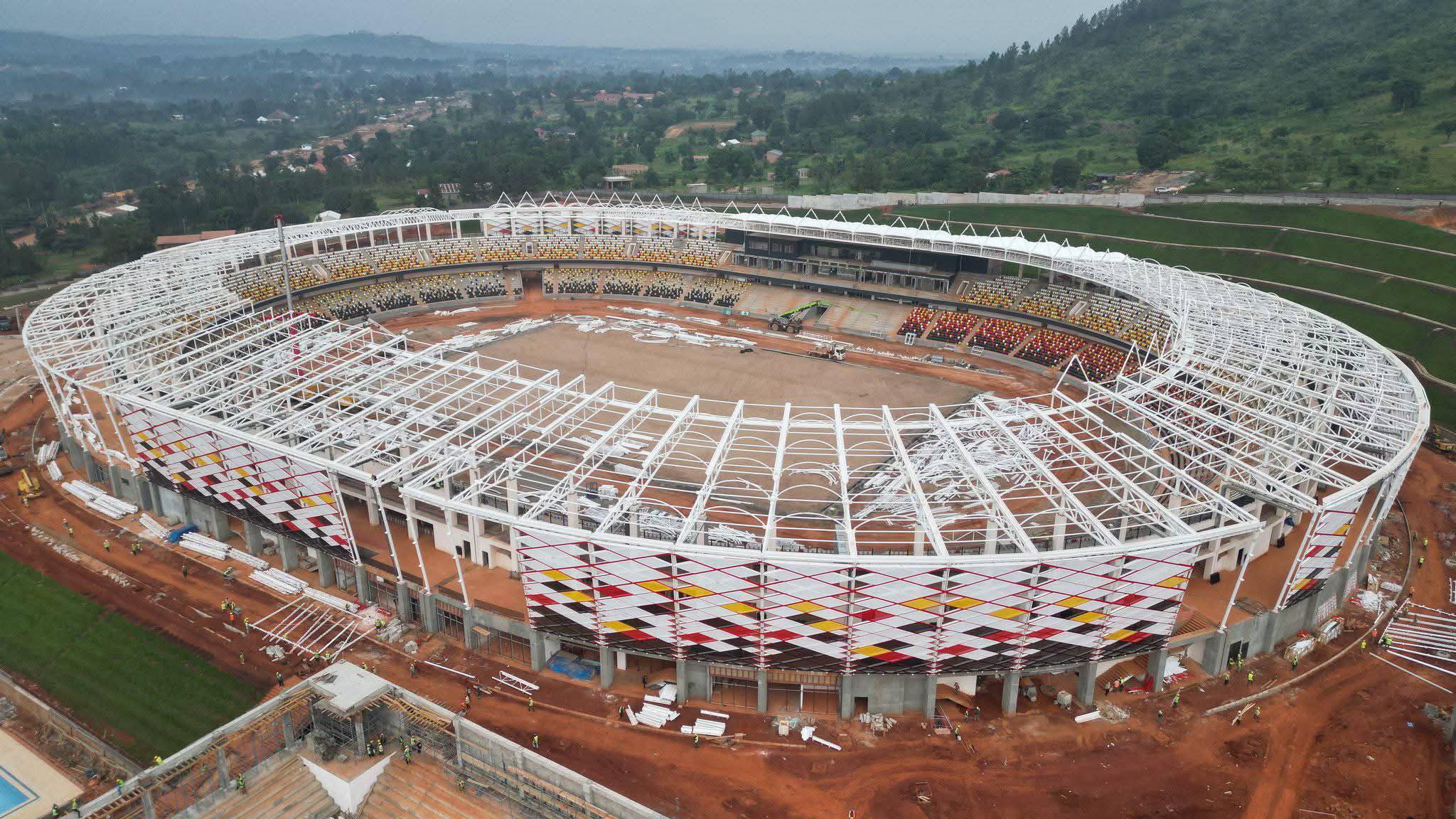By Denis Jjuuko
The biggest source of energy in Uganda is said to be wood, which many households use for cooking and sometimes even lighting. Some of the households which may not use wood as we may know it, use charcoal, a byproduct of wood.
A joint statement by Uganda Bureau of Statistics and the World Bank Group released last week painted a very grim picture for our country.
“Uganda could run out of forests outside of gazetted protected areas by 2025, if the current rate of depletion, driven by population growth, urbanization, and poor management of natural resources is not checked,” the statement read in part before offering an opportunity for entrepreneurs.
“Demand for wood is projected to more than double between 2015 and 2040,” it said. There will be demand for wood in the country, which may not be available around after 2025 given our rate of depletion. I highly doubt that the current rate of depletion will be checked in the next few years. So if you invested in a wood business today, in about five years or so, you will be smiling to the bank.
You could plant fast-growing trees that will be ready for harvesting starting 2025 to meet the demand for wood as many people including high-income earners still need wood or its byproducts. I have heard many say that they can’t imagine eating Matooke that isn’t cooked on firewood or traditional charcoal and in many urban homes of the wealthy, there is an ‘outside kitchen’ where firewood is used. Apparently, they argue, Matooke cooked on LPG or even electricity doesn’t taste as nice.
Schools and prisons depend a lot on firewood to cook their food while some modern hotels use firewood to lit up the sauna and such other facilities.
However, they don’t have to as they produce enough raw materials for biogas, which is another opportunity for entrepreneurs. Homes, schools, prisons, hotels, and even offices create a lot of organic waste that can be turned into biogas, which can light up our homes and provide a source of energy for cooking. This would actually check the rate at which forests are being depleted.
Entrepreneurs can invest in modern systems where households and other facilities mentioned can sort waste and use it for biogas. We love Matooke in this country, which creates a lot of waste which can feed the plants for biogas and then create the fertilizers that can be used in the gardens. But also, studies show that about 40% of the food that is cooked is not eaten. Just observe at functions how much food people pile on their plates and then look at the workers as they collect the plates after people have eaten. This food is usually thrown away yet it can provide the energy we need to wean ourselves off firewood.
There is also human waste from which biogas can easily be created. However, there is stigma about it. One of the so-called modern schools in this country whose alumni boast about it at any opportunity they get once installed a good biogas system so it could cut down on its costs spent on wood. The biogas system once complete started providing the energy needed to cook the students’ meals.
The students went on strike that they can’t imagine they are eating food being cooked using ‘pupu.’ To quell the strike, the school promised to return to the old ways of cooking — using firewood. The students celebrated. They had won.
So for biogas and alternative sources of energy to work, there is a need for awareness campaigns so people get to know that there are more ways to cook food than solely depending on firewood. This is the work of the government and I have heard that the Ministry of Energy and Mineral Development is launching a pilot campaign in Kampala, Jinja, Mbale, Masaka, and Mbarara with support from UNDP to promote the use of organic waste as sources of energy. If this campaign kicks off, then entrepreneurs can start to position themselves to install affordable systems so that electricity is generated.
Uganda has also been building its capacity in electricity generation over the years. Isimba and Karuma dams as well as others under construction should be making electricity affordable for households and businesses to use to cook food. Of course, there is a lot of investment needed in distribution but electricity in homes should be affordable enough for people to use for cooking so that we can reduce the strain we are currently exerting on the forests.
The writer is a communication and visibility consultant. djjuuko@gmail.com

